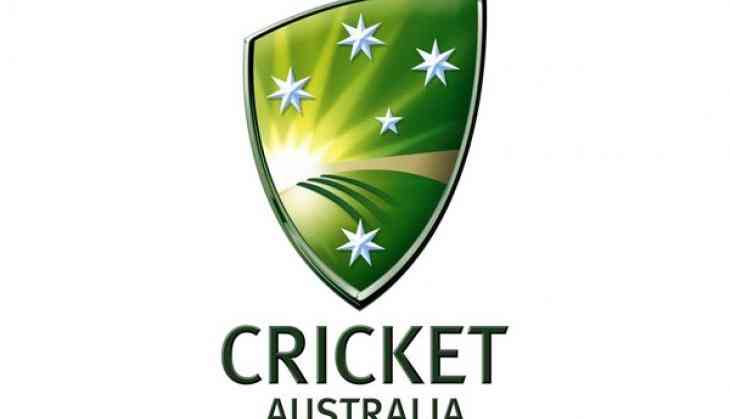
In what could be seen as a more moderate approach applied by Cricket Australia to resolve the ongoing pay dispute with Australian Cricketers Association (CA), the country's cricket board and the states have backed down from the threat to send out contracts under the terms of the new pay proposal already rejected by the players.
Cricket Australia and the ACA are beginning the difficult task of reaching an agreement ahead of the June 30 expiry of the current pay MoU.
As per ESPNcricinfo, letters of intent have been sent to Australia's domestic players, indicating whether their state plans to contract them for 2017-18 and for how many seasons beyond.
The letters of intent, however, don't include any financial details or the contracts which usually arrive at the same time.
The letters of intent are a marked departure from the James Sutherland's (CA chief executive) May 12 letter to the ACA, in which he said the contracts would be "consistent with CA's proposal, and contracts will be conditional on a new MoU being in place."
It is learnt that some of the state players have been asked to train with their states until more is known about how many places and how much money will be available to each state.
Rookie contracted players, the entry level for many domestic cricketers, are in a similarly uncertain position.
However, the compromise move made by the Cricket Australia to domestic players is an indication of a more moderate approach by the country's cricket board.
The cricket board has already publicized its list of players who will be offered central contracts for the 2017-18 season with Pat Howard, Cricket Australia's newly re-signed executive general manager of team performance, individually approaching Test skipper Steve Smith, vice-captain David Warner and fast bowlers Mitchell Starc, Josh Hazlewood and Pat Cummins with verbal offers of three-year deals rather than standard one-year central contracts on the condition that they skip the Indian Premier League (IPL).
The terms of the three-year-deals, discussed informally with Howard, were regarded by the players as underwhelming, with the only perceived incentive for them missing the IPL being the security of a three-year contract as compared to a one-year-central contract.
Sutherland had last month insisted the players will receive around 15 percent hike in pay under the governing body's new model, while emphasising that there are not many people in the country getting something like that.
ACA had earlier rejected the new pay offer from the game's governing body, saying the proposal will be a win for cricket administrators but a loss for the game.
In March, CA made an offer, proposing that the average pay of Australia's international women's players would rise from $A79,000 to $A179,000, while the average remuneration of state cricketers would more than double to $A52,000.
Under CA's proposal, only male international players would have the chance to share in any surplus revenue, while other domestic male players and women at both domestic and international level would have to settle for fixed amounts which would not fluctuate according to the game's income.
However, the ACA pointed out a series of concerns with the proposal, saying that it "disrespects the value of domestic cricketers and the role they play in Australian cricket".
The major reason behind the ACA's opposition is CA's proposal to scrap a shared revenue model for player payments, which has been in place for nearly 20 years.
Cricket Australia had in May threatened that players would not be paid beyond June 30, the date of expiry of their current five-year financial deal, if they don't accept the governing body's new proposed offer.
Hitting back at the threat, Warner had said the players are united to reject CA's proposal and that they would not "buckle at all" in their pay row with their national board.
-ANI


